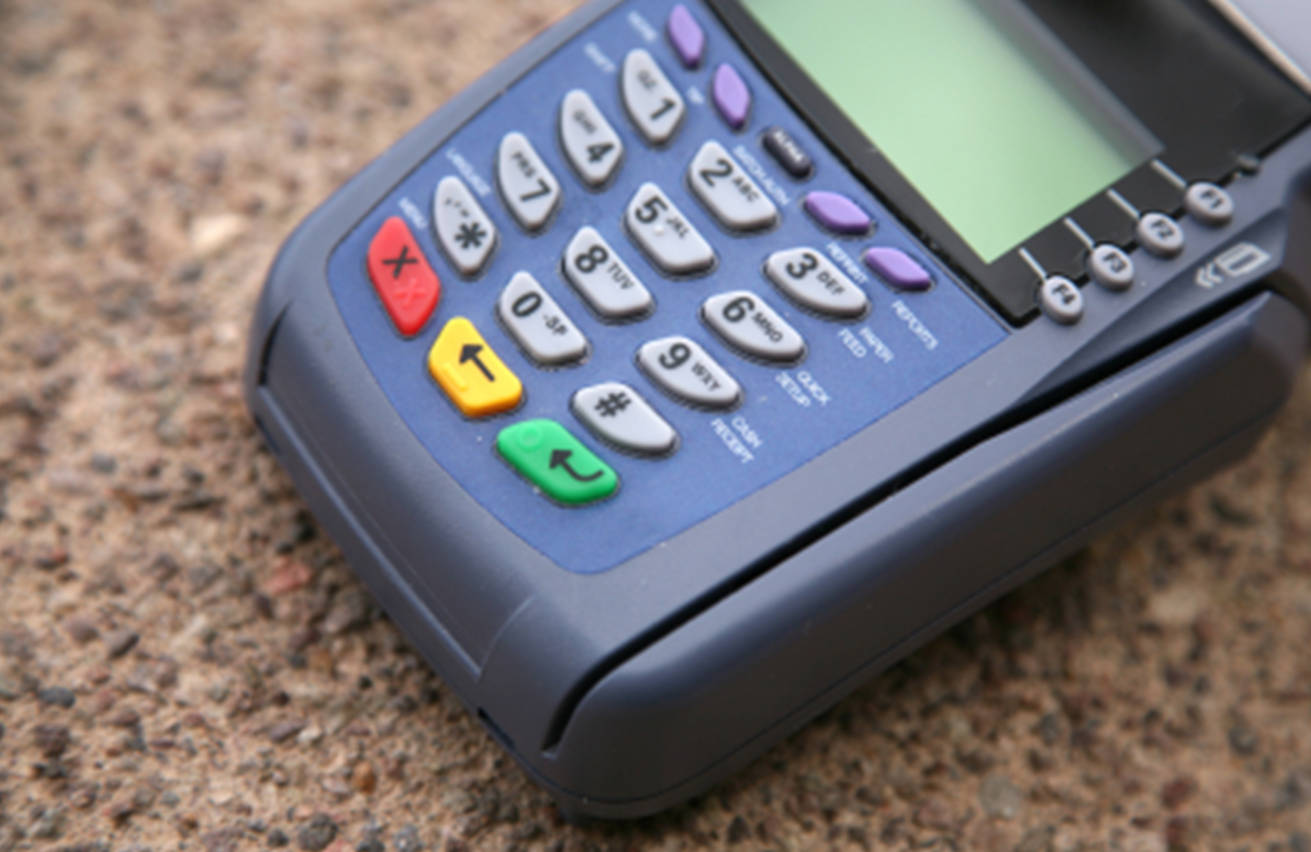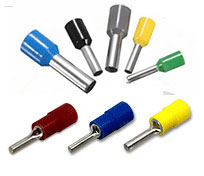

In 2021, the last parts of the EMV liability shift finally rolled out, removing the exception for self-service fuel pumps that had been in place since the beginning of the shift. OPERA supports the Chip and PIN method of credit card and membership card authorization for both offline and online transactions. And with all this new tech, there should be less fraud going on, anyway. The first liability shift went into effect in October 2015 and covered almost all card-present transactions except for those that take place at ATMs and gas pumps.

But for shoppers, nothing changes - you’ll still have an avenue to dispute fraudulent charges. Even still, retailers, especially smaller ones, may take a while to accept the cost of upgrading. merchants are required to accept chip cards by October, or else they can be held responsible for paying for any fraudulent purchases made at their establishments, a liability previously held by card-issuing banks.

Over time, you’ll see fewer and fewer magnetic stripe registers around. So after the payment terminal has your card’s information, sometimes you’ll be asked if your card is credit or debit, sometimes you’ll be asked for a signature, sometimes it will require a PIN, and sometimes - if the sale is something minuscule like a pack of gum - you’ll be asked for nothing further. “Virtually everything else about the transition will be like what we experience today,” says Balfany. EMV is transaction and payment processing using the highly secure card chips embedded in the payment card versus the magnetic stripe. Cardholders and merchants may be familiar with chip and pin, another term for EMV. They also keep all that data encrypted, helping to keep it away from would-be fraudsters. Ever-improving card technologies demand a change in how the payment is accepted and a shift to EMV compliant terminals. Cryptograms typically include the transaction amount, date, time, terminal ID, and other information.
#CHIP AND PIN TERMINALS CODE#
Next, instead of sending your account information, the new types of payment terminals generate a one-time use code (also called a cryptogram) that’s transmitted to your bank to authorize your purchase. When you make a purchase by inserting your chip card, the payment terminal checks that your card is genuine. Chip card transactions are more secure because they work differently. But making purchases via a magnetic swipe means data like your credit card number, expiration date and more get carried across phone lines to your bank for processing. That’s because not all retailers are prepared to accept chip cards, so the older tech will stick around a little while longer. According to information provided by VISA, industry analysts estimate 70% of the country’s credit cards and 41% of its debit cards will be upgraded to chip technology by the end of this year.Īt the beginning, the new chip-and-PIN cards will still carry magnetic stripes. France, the first country to adopt the new cards, did so back in the 1980s. As of last year, 83% of western European consumers had chip cards, compared to just 7% of stateside shoppers. For Americans, the change to chip-and-PIN is long overdue.


 0 kommentar(er)
0 kommentar(er)
